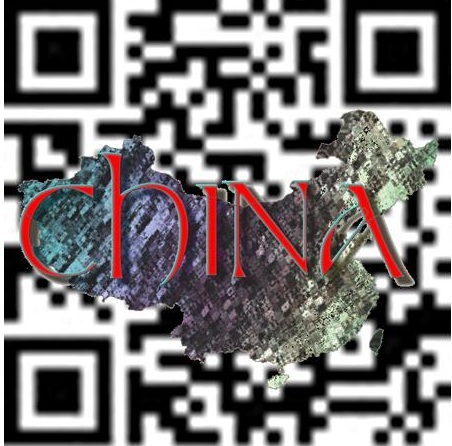The restaurant verification system in the country has now broadened its reach for helping consumers.
Following a successful pilot program in the Hiadian district in Beijing, China, the use of QR codes to help restaurant patrons to be able to check into the food safety information linked to an establishment.
The district has 7,533 restaurants that have already started to take part in the program.
Each of these restaurants has publicized their food safety information online and has now linked that data to unique QR codes that can be scanned by patrons with smartphones in order to be able to review the information and decide whether or not they would like to eat there. The barcodes need to be scanned using a special app that can be obtained for free.
To be able to scan the QR codes for the necessary information, a food safety app is required.
 In order to obtain the necessary app, customers merely need to text the letter “a” to the short code 10658081, or they can log on to an advertised website so that it can be downloaded directly from the site. Once they have the application downloaded and installed, they can quickly and easily scan any of the QR codes that are linked to this program.
In order to obtain the necessary app, customers merely need to text the letter “a” to the short code 10658081, or they can log on to an advertised website so that it can be downloaded directly from the site. Once they have the application downloaded and installed, they can quickly and easily scan any of the QR codes that are linked to this program.
The QR codes can be found in many different places among the restaurants that are participating in the program. For example, while they are typically posted on the actual business licenses, themselves, they are also often found on the menus distributed right to the tables. This allows the patrons to be able to check on the restaurant before they walk in the door, or before they make their orders.
Through the scanning of the QR codes, customers are able to look into the information regarding the types of food additives that have been used in the restaurant’s dishes (or if there are none), as well as whether or not a particular establishment has a history of breaching any food safety regulations. This is the type of information that customers have been hoping to obtain and that will now be readily available to them provided that they simply read a barcode through the use of their smartphones.
The Ministry of Tourism has announced that this project will become available to visitors soon.
The Government of India’s Ministry of Tourism has released an updated for its greatly hyped QR codes project that is being created through an agreement that has been signed with Audio Compass (India) Pvt. Ltd.
This travel app provider will help the Ministry of Tourism provide visitors to the country with an enhanced experience.
The contract also involves Genesys International Corp. These partnerships were made last month so that QR codes will become available at a number of different tourist destinations before the close of 2013. The project was first proposed at the beginning of this year and has received a great deal of media coverage.
The goal of the Ministry of Tourism is to add QR codes to provide tourists with information at the most popular destinations.
 The QR codes will be placed at some of the hottest tourism spots throughout India. These two dimensional barcodes make it possible to provide tourists carrying smartphones and tablets with a great deal more information than would be available through standard signage. This particular project will be using the scans to link tourists directly with websites, text, phone numbers, and email addresses that they might find useful.
The QR codes will be placed at some of the hottest tourism spots throughout India. These two dimensional barcodes make it possible to provide tourists carrying smartphones and tablets with a great deal more information than would be available through standard signage. This particular project will be using the scans to link tourists directly with websites, text, phone numbers, and email addresses that they might find useful.
According to the Audio Compass chief executive and founder, Gautam Shewakramani, “One of the biggest challenges for travellers is the last mile of travel, that is, when they are past planning and booking stage and are actually on ground travelling. We are not doing a great job of providing tourist information, so they have to rely on expensive and unreliable sources like unofficial touts. This will make tourists access information while travelling in a hassle-free manner.”
That company already provides audio guides at a number of the most popular tourist destinations, including Agra Fort, the Salar Jung Museum, Khajuraho, and the Taj Mahal. Now, through the use of QR codes, these places will have their experiences enhanced for all mobile using visitors. Those will be the first locations to feature the barcodes, though the advertising driven model will expand from that point.
 In order to obtain the necessary app, customers merely need to text the letter “a” to the short code 10658081, or they can log on to an advertised website so that it can be downloaded directly from the site. Once they have the application downloaded and installed, they can quickly and easily scan any of the QR codes that are linked to this program.
In order to obtain the necessary app, customers merely need to text the letter “a” to the short code 10658081, or they can log on to an advertised website so that it can be downloaded directly from the site. Once they have the application downloaded and installed, they can quickly and easily scan any of the QR codes that are linked to this program.
 The
The 